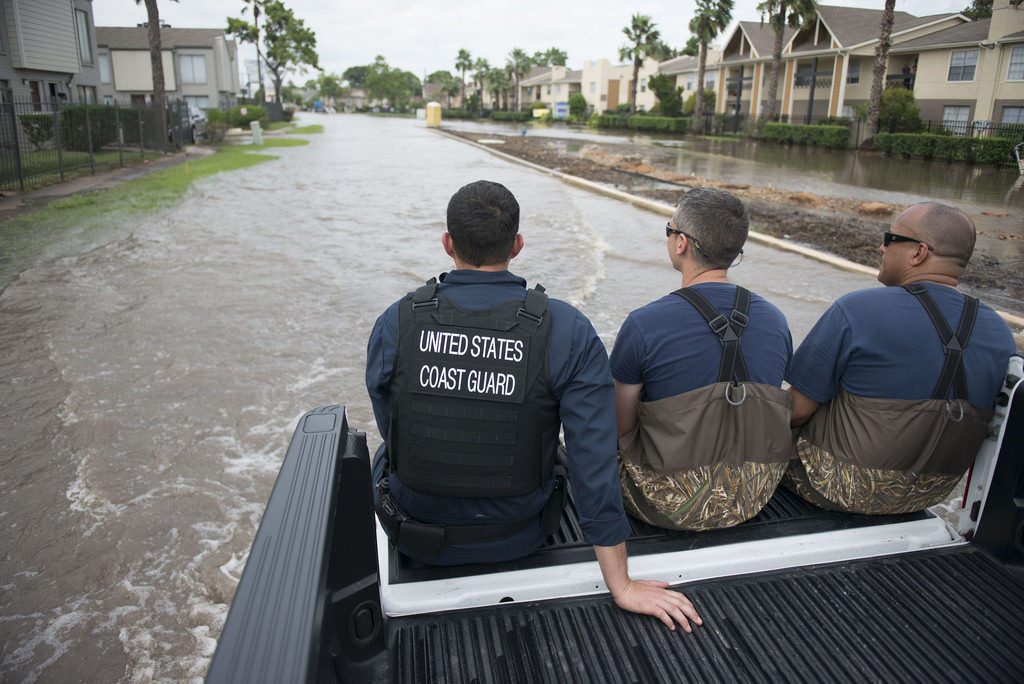Post-Hurricane Marketing in the U.S. and Caribbean Puts Tourism Boards to the Test

Skift Take
Marketing campaigns are always a key ingredient in responding to natural disasters, and showing travelers that a destination hasn't completely bottomed out. To get the message out, it also helps to have sufficient funding and resources, which some islands are currently lacking.
Many U.S. and Caribbean destinations this year are doing hurricane damage control in terms of post-storm marketing — something that largely wasn't needed for a significant swath of the region for more than a decade.
Storms such as Hurricanes Harvey, Irma, Jose and Maria caused an estimated $188 billion or more in damages this year, making 2017 the costliest season on record, according to AccuWeather. The wreckage from the 2005 Atlantic hurricane season was also very substantial but didn't reach this year's level.
The region's travel industry and visitor arrivals have also grown considerably over the past dozen years.
The Caribbean had 22.2 million tourist arrivals in 2005 compared with 29 million in 2016, a 30 percent increase. Social channels — which didn't exist or were nascent a dozen years ago – serve to spread both images of the devastation and can be used for marketing purposes, as well.
Hard-hit destinations like the Florida Keys were relatively quick to launch marketing campaigns telling travelers to come back, trying combat what it sees as misperceptions of the situation on the ground after the storms. While the archipelago suffered a direct hit from Irma, the outer islands had minimal damage.
Andy Newman, a spokesman for Monroe County’s Tourist Development Council, which handles destination marketing for the Keys, said some U.S. government agencies have done the destination more harm than good after Irma. "The Department of Defense did a press release after the storm that said the Navy would come in and evacuate 10,000 Keys residents because there was no water for them," he said. "I spoke to the Key West city manager and I kept saying, 'where is this coming from?' We found out subsequently that it was too late and the information was broadcast."
Newman added: "Then, the [Federal Emergency Management Agency (FEMA)] administrator was quoted as saying 90 percent of residences in the Florida Keys were damaged or uninhabitable when actually the amount is around 25 percent."
Parts of the Keys will undoubtedly still be in repair mode for its high season, which starts in December, but it will still have perfect vacation opportunities, Newman contended. "Most of the time with a storm we’re in the cone and then the storm misses us and then the media takes off and we’re stuck with this perception," he said.
"Another challenge for us was the BP oil spill in 2010," said
